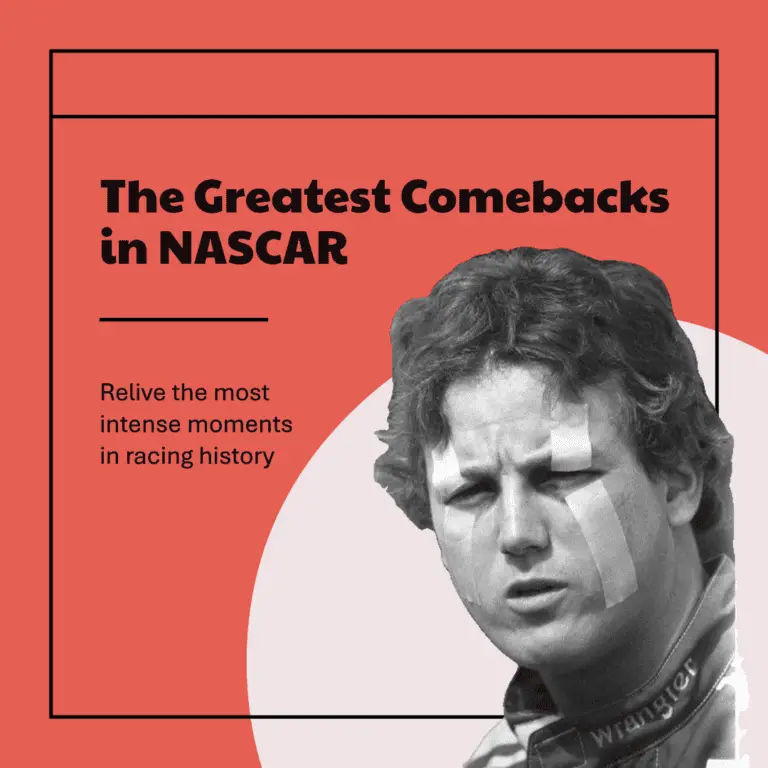This article will tell you about NASCAR’s greatest comebacks, which are some of the most impressive examples of resilience and determination in one of the most popular and competitive motorsports in the world. NASCAR involves racing stock cars on oval tracks at speeds of over 200 mph. To win a NASCAR race, drivers need not only skill and strategy but also luck and endurance. They have to overcome various challenges, such as mechanical failures, accidents, injuries, penalties, weather conditions, and rivals. Sometimes, these challenges can seem insurmountable, but some drivers have proven that nothing is impossible. They have made remarkable comebacks, defying the odds and making history.
Ricky Rudd – Daytona 1984
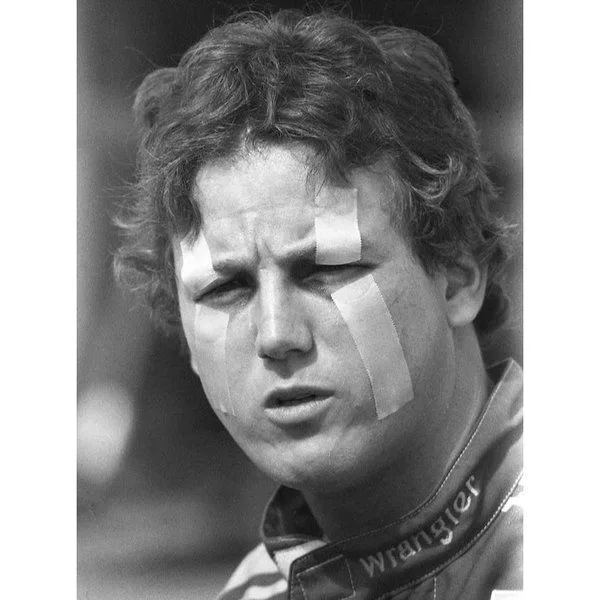
One of NASCAR’s greatest comebacks was achieved by Ricky Rudd, a rookie driver in 1984. He drove for the legendary Bud Moore and had a promising start to his career. However, he faced a major setback at Daytona, where he crashed violently and suffered a broken eye socket, among other injuries. He was knocked unconscious and taken to the hospital. Doctors advised him not to race for six weeks, but he was determined to race the next week at Richmond. He had to tape his eyes open, as they were swollen shut. He also wore a special helmet that protected his face. Despite his condition, he won the race, beating Dale Earnhardt by half a car length. It was his first career win and one of the most remarkable comebacks in NASCAR history.
Matt Kenseth – 2020
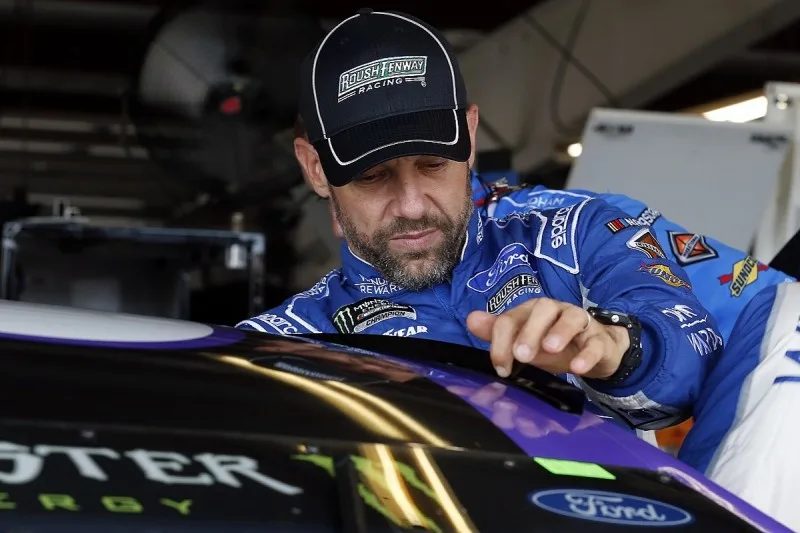
Matt Kenseth made one of NASCAR’s greatest comebacks in 2020 when he returned to the Cup Series after nearly three years of retirement. He was a substitute driver for Chip Ganassi Racing, replacing Kyle Larson, who was suspended for using a racial slur. Kenseth had to face many challenges, such as a new team, a new car, a new rules package, and the COVID-19 pandemic. However, he proved his talent and experience by scoring a second-place finish at Indianapolis Motor Speedway, leading 12 laps. He also had four top-10 finishes and finished 24th in points. Matt was one of the most successful drivers of his generation, winning the 2003 championship and 39 races. He retired from full-time racing in 2017 and focused on other racing series, such as IndyCar and IMSA.
Bobby Labonte – NASCAR Whelen Euro Series
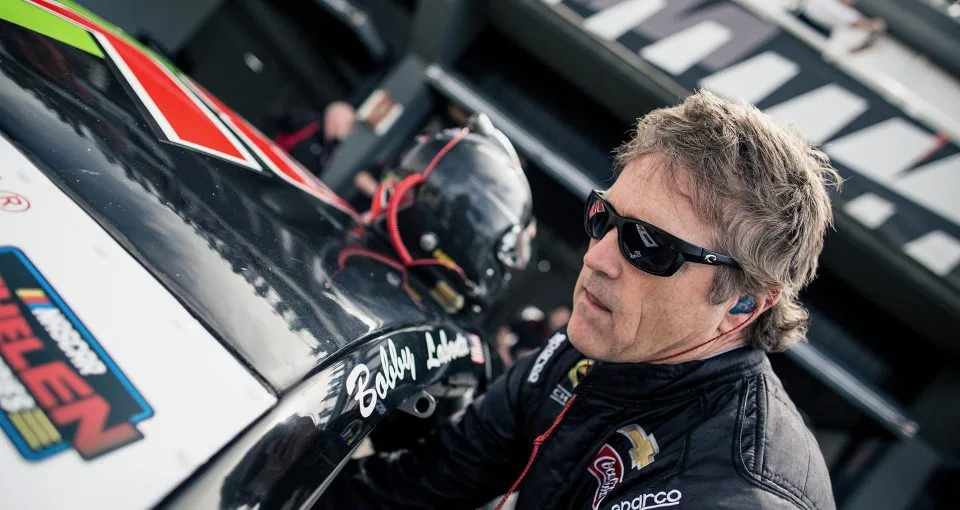
Bobby Labonte was one of the best drivers of the late 1990s and early 2000s, winning the 2000 Cup Series championship and 21 races. He drove for top teams such as Joe Gibbs Racing and Petty Enterprises. However, his performance declined in the later years of his career, and he ended his full-time Cup career in 2003. He raced part-time until 2016, driving for various teams with limited resources. Bobby Labonte then joined the NASCAR Whelen Euro Series in 2017, a regional series that features NASCAR-style cars racing on road courses across Europe. He competed for three seasons, driving for different teams such as RDV Competition and The Motorsport Group. Bobby became the first former Cup champion to race in the series, and he attracted more attention and fans to the sport. He also proved that he still had speed and skill by scoring his best finish of second place in Tours, France, in 2019.
Jeff Gordon – 2016
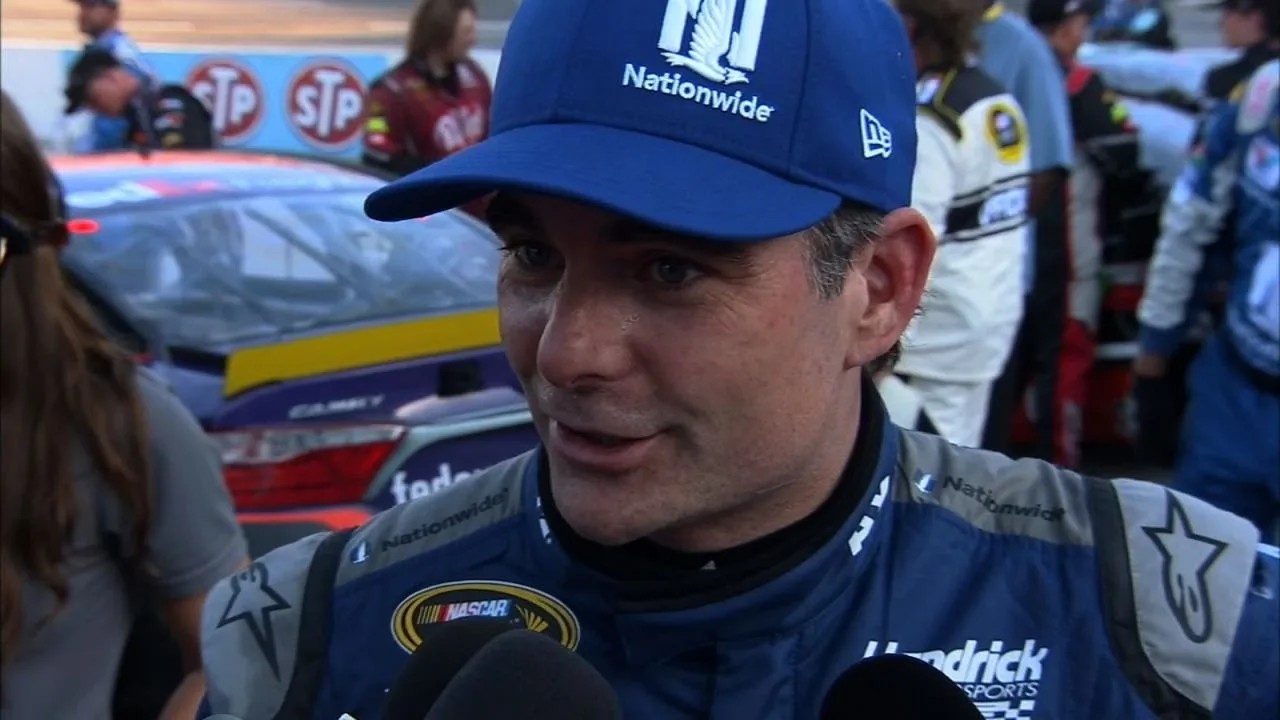
Jeff Gordon was one of the most dominant and popular drivers of all time, winning four Cup Series championships and 93 races. He drove for Hendrick Motorsports for his entire career, from 1992 to 2015. Jeff retired from full-time racing in 2015, after making one last run at the championship. He became a broadcaster for Fox Sports, covering NASCAR races from the booth. However, he returned to NASCAR in 2016 as a substitute for Dale Earnhardt Jr., who was sidelined with a concussion. Gordon drove the No. 88 Chevrolet for eight races, filling in for his friend and teammate. He had to adjust to a different car number, crew chief, team members, and sponsors. He also had to face younger and more aggressive drivers on the track. Despite these challenges, he performed well by scoring his best finish of sixth place at Martinsville Speedway, his final race.
Bill Elliott – Road America 2018
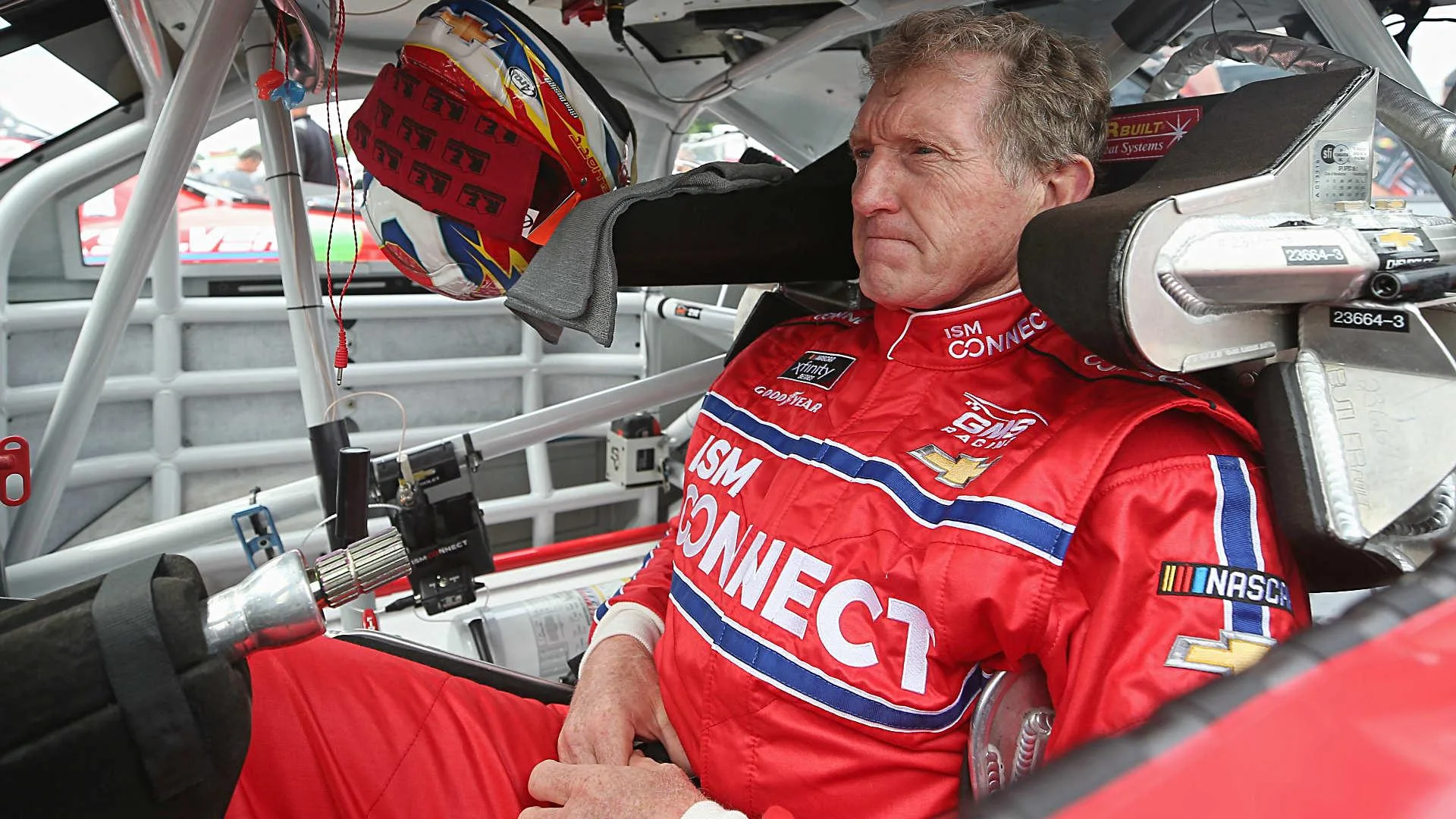
Bill Elliott was one of the most successful and beloved drivers of the 1980s and 1990s, winning the 1988 Cup Series championship and 44 races. He drove for top teams such as Melling Racing and Junior Johnson & Associates. He also owned his own team from 1995 to 2000. Bill Elliott ended his full-time Cup career in 2003, after driving for Ray Evernham’s Dodge team. He raced part-time until 2012, driving mostly for Wood Brothers Racing. Bill Elliott then made a one-off start in the Xfinity Series at Road America in 2018, at age 62. He drove the No. 23 Chevrolet for GMS Racing, with sponsorship from ISM Connect. It was
his first NASCAR start since 2012, and his first road course race since 2007. He also had his son, Chase Elliott, as his teammate. Despite his age and inexperience, he showed his talent and competitiveness by scoring a respectable finish of 20th place, after starting 23rd.
Tony Stewart – Charlotte 2006
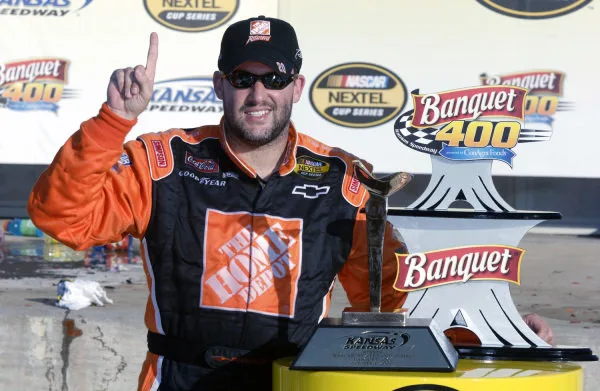
Tony Stewart showed his resilience and determination in one of NASCAR’s greatest comebacks in 2006. He was one of the most versatile and aggressive drivers of his era, winning three championships and 49 races. He drove for Joe Gibbs Racing and Stewart-Haas Racing, the team he co-owned. Tony also raced in other series, such as IndyCar and USAC. However, he sometimes got into trouble because of his passion for racing. He crashed hard into the wall at Charlotte Motor Speedway, during a Busch Series race. He collided with Carl Edwards and broke his shoulder blade. Tony Stewart To went to the hospital, but he decided to race the next day in the Coca-Cola 600, the longest race of the season. He endured pain and discomfort for 33 laps, before Ricky Rudd replaced him. Tony then recovered quickly and won the next race at Dover International Speedway, leading 242 laps.
Dale Earnhardt Sr. – Pocono 1982
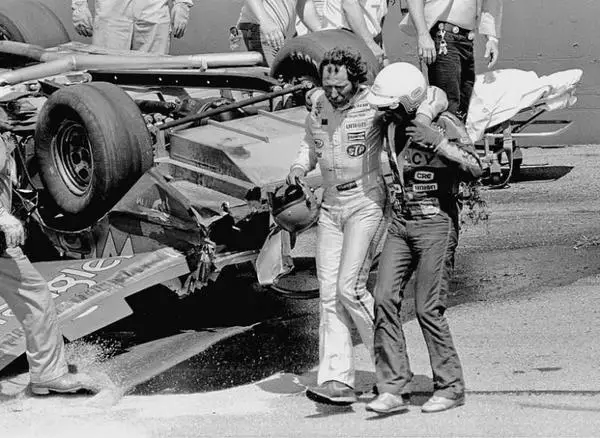
Dale Earnhardt Sr. was one of the most legendary and influential drivers of all time, winning seven Cup Series championships and 76 races. He drove for various teams, such as Richard Childress Racing and Bud Moore Engineering. Dale was known for his fearless and intimidating driving style, earning him the nickname “The Intimidator”. He also had a fierce rivalry with other drivers, such as Darrell Waltrip and Bill Elliott. One of their clashes happened at Pocono Raceway in 1982, during the Van Scoy Diamond Mine 500. Earnhardt was driving the No. 15 Ford for Bud Moore, when he collided with Waltrip’s No. 11 Chevrolet on lap 67. The contact sent Earnhardt’s car airborne and into the catch fence, causing a spectacular flip. He was taken to the hospital, where he was found to have a broken kneecap. He had to wear a brace for the rest of the season, but he did not miss any races. Dale still managed to win two races that year, at Nashville and Martinsville, and finished 12th in points.
Tim Richmond – Pocono 1987
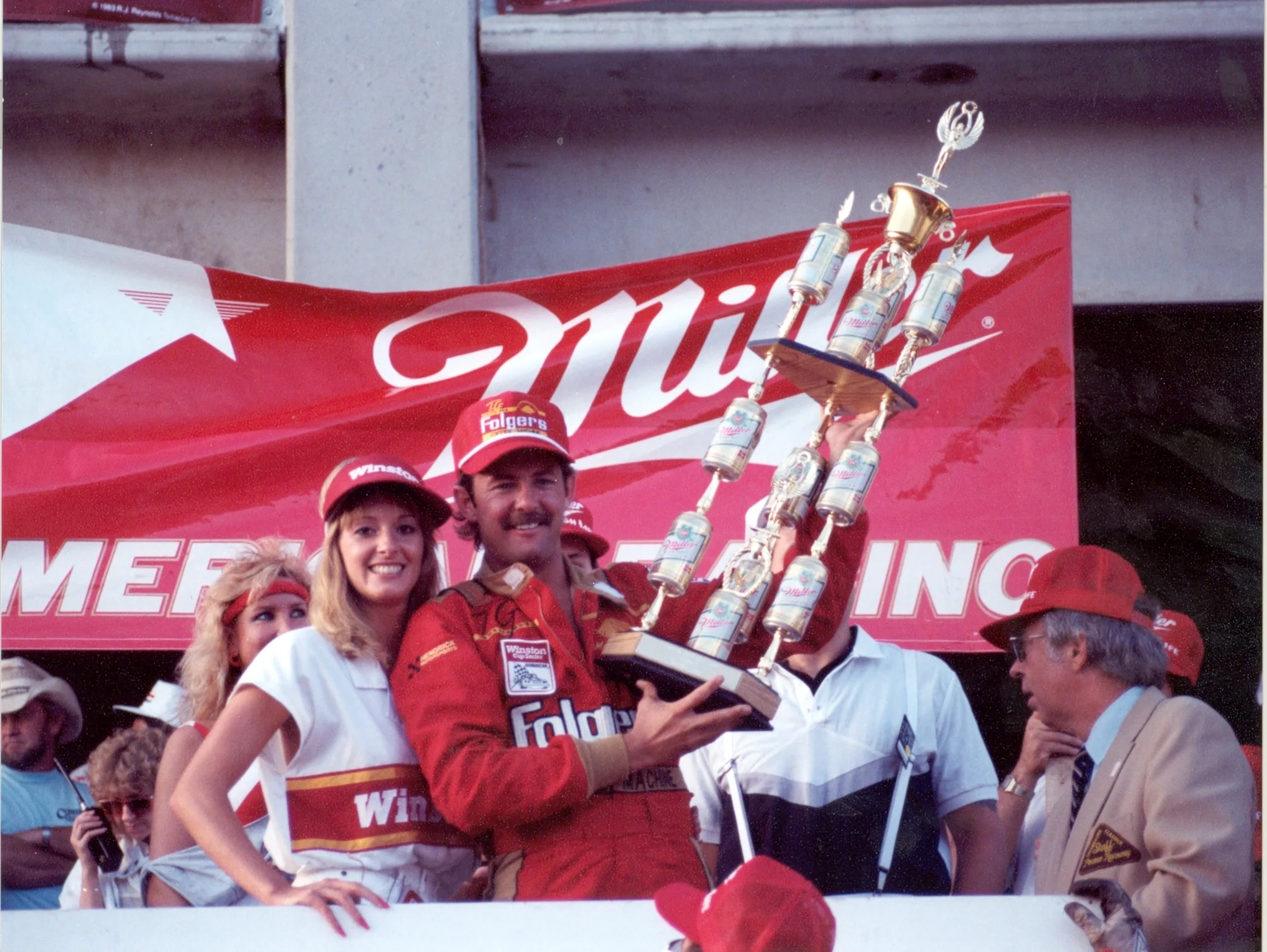
Tim Richmond was one of the most talented and charismatic drivers of his generation, winning 13 races in his short career. He drove for Hendrick Motorsports from 1986 to 1987, forming a successful partnership with crew chief Harry Hyde. His flamboyant and controversial personality also made him famous and infamous. However, a mysterious illness, later revealed to be AIDS, ended his career and life. He missed most of the 1987 season due to his condition, but he made a comeback at Pocono Raceway in June. He drove the No. 25 Chevrolet for Hendrick Motorsports, with sponsorship from Folgers Coffee. Tim Richmond qualified third and raced his way to the front, engaging in a fierce battle with Bill Elliott’s No. 9 Ford for the lead. He passed Elliott on the final lap and won the race by half a second. It was one of the most emotional and memorable victories in NASCAR history. He won two more races that year, at Riverside and Michigan, before his health deteriorated and he died in August 1989.
Davey Allison – Pocono 1992
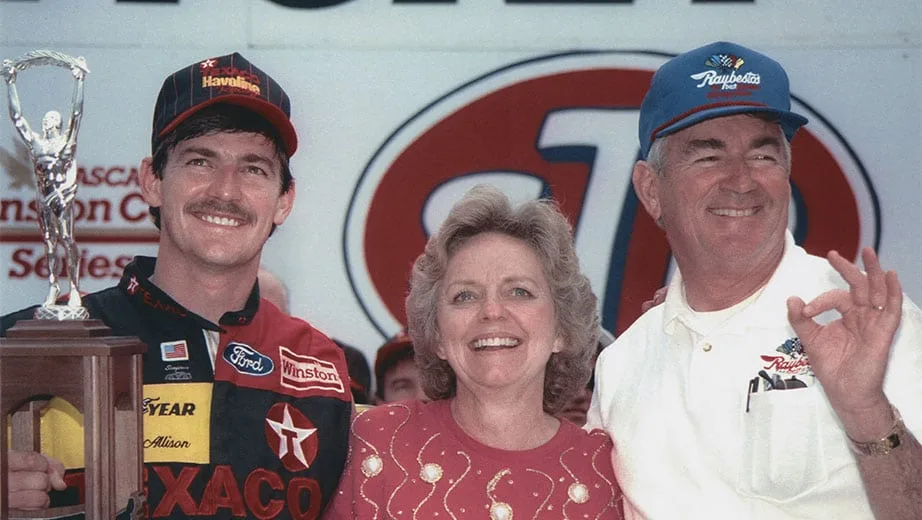
Davey Allison was one of the most promising and popular drivers of the early 1990s, winning 19 races in his career. He drove for Robert Yates Racing from 1989 to 1993, driving the famous No. 28 Ford with sponsorship from Texaco Havoline. Davey Allison also part of a racing family that included his father Bobby Allison and his brother Clifford Allison. He had a chance to win the Cup Series championship in 1992, but he faced several obstacles along the way. One of them happened at Pocono Raceway in June, during the Champion Spark Plug 500. He was driving behind Darrell Waltrip’s No. 17 Chevrolet on lap 148, when Waltrip spun out and hit Allison’s car. The impact sent Allison’s car flying into the air and into the catch fence, tearing off most of its bodywork. Davey Allison was taken to the hospital by helicopter, where he was diagnosed with a concussion, a bruised lung, and several broken ribs. He raced the next week at Talladega Superspeedway, despite his injuries. He passed his father Bobby on the final lap and won the race by half a car length.
Conclusion
These are just some of the examples of NASCAR’s greatest comebacks, and how these drivers defied the odds and made history. They showed their resilience and determination, overcoming various challenges and obstacles. They also inspired and entertained millions of fans, who witnessed their remarkable feats. NASCAR is a sport that rewards not only skill and strategy, but also luck and endurance. Sometimes, the most unlikely and unexpected outcomes can happen, and that is what makes it so exciting and thrilling. What are some of your favorite NASCAR comebacks? Let us know in the comments below.
